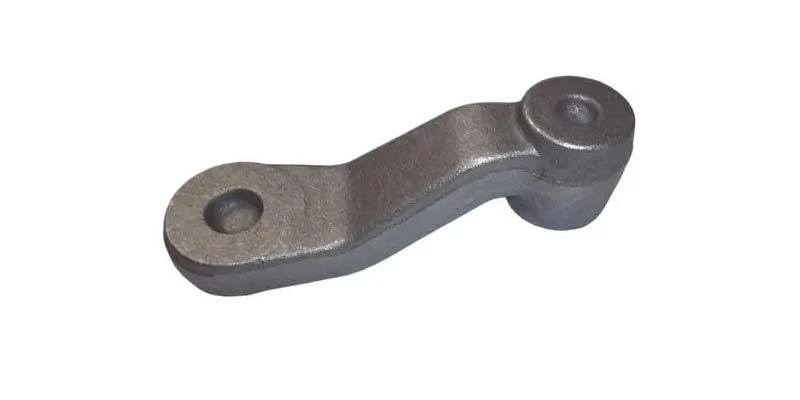- Contact Innally, Let you purchase forgings in China more favorable prices, products more assured!
- Hotline:+(86)15038323776 Email:innally@innally.com
The manufacturing process and processing flow of military forgings: the integration of exquisite technology and rigorous process
- Category: Steel forgings, Thermal forging
- |
- Date: 15/12/2023
the manufacturing process and processing flow of military forgings have the characteristics of exquisite skills and rigorous processes. By choosing the right manufacturing process and fine processing process, high quality and high performance military forgings can be produced, which provides strong support for the development of military equipment.
Product Details
In the military manufacturing industry, forgings are the key parts, and their manufacturing process and processing flow are crucial to the performance and safety of the entire weapon system. Below, we will delve into the characteristics of the manufacturing process and processing process of military forgings.
First, manufacturing process: the combination of superb skills and unique methods
Free forging: Free forging is a commonly used military forging manufacturing process, by applying pressure to deform the raw material in a free state, so as to obtain the desired shape of the forgings. The free forging process requires advanced equipment and skilled operators to ensure the production of high quality military forgings.
Die forging process: Die forging process is a manufacturing process that applies pressure to a material through a mold to deform it and reach a predetermined shape. Die forging process has the characteristics of high efficiency, high precision and high consistency, which is suitable for mass production. In the die forging process, the design and manufacturing accuracy of the die have an important influence on the quality and performance of the forging.

Isothermal die forging: Isothermal die forging is an advanced military forging manufacturing process, by maintaining a constant temperature between the mold and the blank, in order to achieve the plasticity of the material and the precise transfer of the shape of the mold. Isothermal die forging process can significantly improve the quality and performance of military forgings, but it also requires higher cost and more complex process control.
Extrusion process: Extrusion process is a manufacturing process in which a metal blank is squeezed into a mold by applying pressure to obtain the desired shape. Extrusion process is suitable for manufacturing military forgings with complex shapes and small batches, and has the characteristics of high precision and high consistency.
Second, processing process: the combination of fine processing and quality control
Roughing: Roughing stage mainly carries out preliminary cutting processing on military forgings to remove most of the excess materials. At this stage, machining methods such as cutting, milling and drilling are usually used to obtain the blank that meets the requirements of subsequent processing.
Heat treatment: Heat treatment is an important part of the military forging processing process, used to improve the mechanical properties and processing properties of materials. In the process of heat treatment, the metal material is heated, insulated and cooled to achieve the phase transition of the material and the change of the grain structure, so as to obtain the required physical and mechanical properties.
Finishing: The finishing stage mainly performs fine cutting on military forgings to obtain accurate size and shape. This stage usually uses turning, milling, grinding and other processing methods to obtain high-precision and high-finish military forgings.
Testing and quality control: In the processing process of military forgings, testing and quality control are the key links to ensure product quality. By adopting a series of testing methods and quality control measures, such as dimensional testing, non-destructive testing, metallographic analysis, etc., the quality and performance indicators of military forgings can be effectively detected to ensure the stability and reliability of products.
In summary, the manufacturing process and processing flow of military forgings have the characteristics of exquisite skills and rigorous processes. By choosing the right manufacturing process and fine processing process, high quality and high performance military forgings can be produced, which provides strong support for the development of military equipment. At the same time, with the continuous progress and innovative development of science and technology, the manufacturing process and processing process of military forgings will continue to improve and perfect in the future.
nannan
INNALLY mainly provides you with various types of cast and forged parts products. Welcome your inquiries! innally@innally.com
Related Products
Search
Forging center
- Steel forgings
- Aluminium alloy forging
- Titanium alloy forging
- Stainless steel forging
- Copper forging
- Automotive forgings
- Locomotive forging
- Bicycle forgings
- Motorcycle forging
- Rigging and fasteners
- Bearing forging
- Electric power fittings
- Marine forging
- Mechanical forgings for metalworking
- Mining machinery forgings
- Marine engineering forgings
- Construction machinery forgings
Popular product

© 2025. All Rights Reserved.






